
A Sixth Form team came second in London and third across the whole country in the long-running Náboj Math competition.
The Year 12 boys’ performance in the London heat of the competition, which was hosted by Dulwich College, placed them among the leading élite of the 70 teams competing nationally.
Head of Mathematics Jessica Steer said: “This was an impressive performance by our students, who entered the competition on their own initiative.”
The London heat was one of four run in the UK this year: the others were in Oxfordshire, Edinburgh and Glasgow.
Team member Vinujan Sivakumar said: “We had an incredible experience at Dulwich College. In the London heat, we secured second place out of 20 highly competitive teams, missing the top spot by just two points to King’s College London Mathematics School.”
The same school went on to be named overall UK winners. QE finished in third place in the national rankings, its 35 points placing it just ahead of Dulwich College and Sir William Borlase’s Grammar School, Marlow, on 34 points apiece.
In the international rankings, QE came 28th out of around 800 teams.
Vinujan’s teammates were Ram Chockalingam, Sasen Kankanamge Don, William Joanes and Joshua Wilkinson.
The competition lasted for 120 minutes, during which the five-person teams tried to solve as many problems as possible. At the beginning, each team received six problems. As soon as it correctly solved a problem, it was given another one.
The competition website states: “Problems in Náboj differ considerably from the routine school exercises which usually require only direct application of a given method: the Náboj problems require certain amount of inventiveness and ingenuity. Success in the competition does not depend on the individual abilities of the team members only but also on their efficient cooperation.
“Apart from enhancing imagination and logical reasoning our goal is to attract people to the endless beauty hidden in mathematics.”
A team from Poland were the international winners. This year, the competition was also run in Austria, Czechia, Estonia, Germany, Hungary, Iran, Morocco, Poland, Portugal, Romania, Slovakia, Slovenia, Switzerland and Uzbekistan.

 Saim Khan, who enters Year 13 in September, was the winner for Key Stage 5, while William Joanes, who goes into Year 12, was first in the Key Stage 4 category. QE also featured among the Key Stage 3 high-flyers, with Aaryan Prabhaker, who will be in Year 9, the runner-up for that age group.
Saim Khan, who enters Year 13 in September, was the winner for Key Stage 5, while William Joanes, who goes into Year 12, was first in the Key Stage 4 category. QE also featured among the Key Stage 3 high-flyers, with Aaryan Prabhaker, who will be in Year 9, the runner-up for that age group.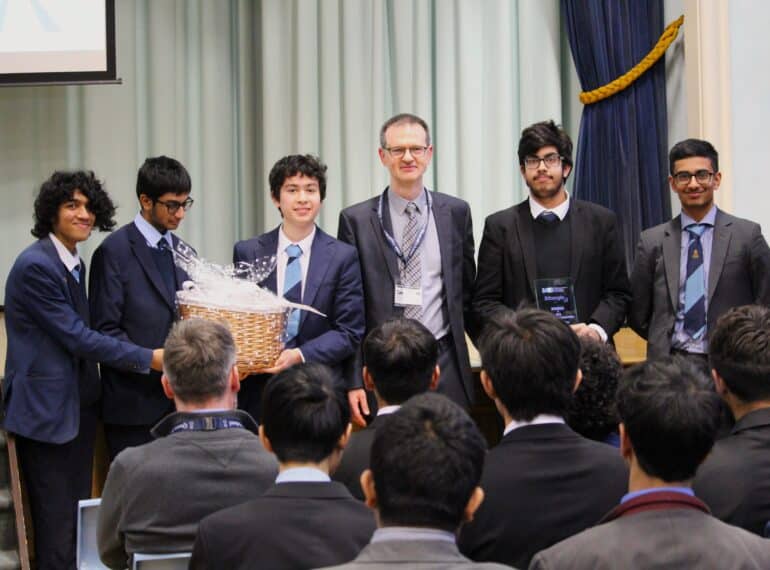
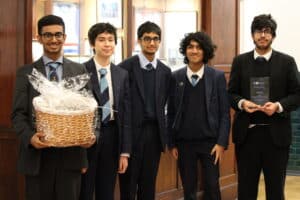 The five-strong team submitted the best answer to the final question, thus winning them the title in the competition run by education charity MEI (Mathematics, Education, Innovation).
The five-strong team submitted the best answer to the final question, thus winning them the title in the competition run by education charity MEI (Mathematics, Education, Innovation).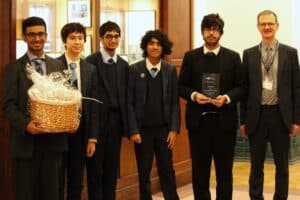 Mathematics teacher and Head of Academic Administration Wendy Fung said: “It essentially involved finding the smallest possible number that met a set of criteria. The question setters came up with an answer of 56, which they expected to be beaten by someone, but not by a great deal.
Mathematics teacher and Head of Academic Administration Wendy Fung said: “It essentially involved finding the smallest possible number that met a set of criteria. The question setters came up with an answer of 56, which they expected to be beaten by someone, but not by a great deal.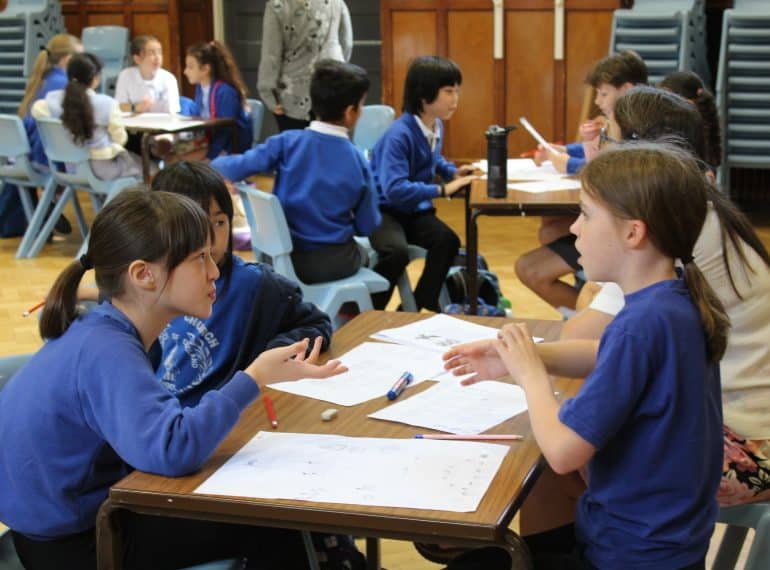
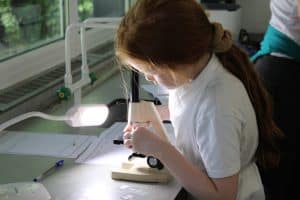 The events, which are part of QE’s partnerships work with the local community, are aimed at giving Year 5 girls and boys an early taste of secondary school education.
The events, which are part of QE’s partnerships work with the local community, are aimed at giving Year 5 girls and boys an early taste of secondary school education.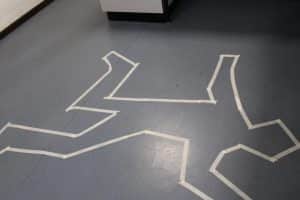 The first of the three days was the ever-popular Primary Forensics Workshop. The visitors were tasked with completing a number of experiments and analyses to work out who had murdered the Headmaster!
The first of the three days was the ever-popular Primary Forensics Workshop. The visitors were tasked with completing a number of experiments and analyses to work out who had murdered the Headmaster!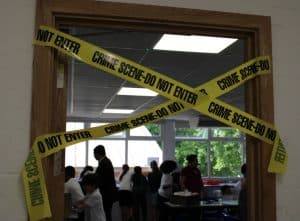 Boys from Year 12 helped staff run this workshop, engaging with the children at each station.
Boys from Year 12 helped staff run this workshop, engaging with the children at each station.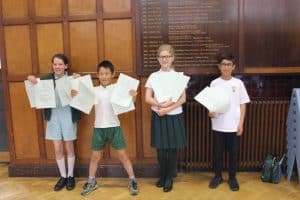 Firstly, teams were given the challenge of designing a castle on paper. They had to base their design on a certain set of criteria and follow a budget, requiring them to decide which features they wanted to prioritise.
Firstly, teams were given the challenge of designing a castle on paper. They had to base their design on a certain set of criteria and follow a budget, requiring them to decide which features they wanted to prioritise.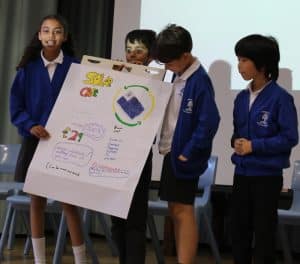 There was then a Sustainability Challenge run jointly by Geography and Economics. The children had to work in groups and devise a sustainable product. They designed their product, chose a logo and decided on their target market. Then each group presented to the other children in attendance. Among the ideas generated were: a mobile phone where the case is a solar panel and charges the phone, and a ‘plastic’ bottle where the bottle itself is biodegradable.
There was then a Sustainability Challenge run jointly by Geography and Economics. The children had to work in groups and devise a sustainable product. They designed their product, chose a logo and decided on their target market. Then each group presented to the other children in attendance. Among the ideas generated were: a mobile phone where the case is a solar panel and charges the phone, and a ‘plastic’ bottle where the bottle itself is biodegradable.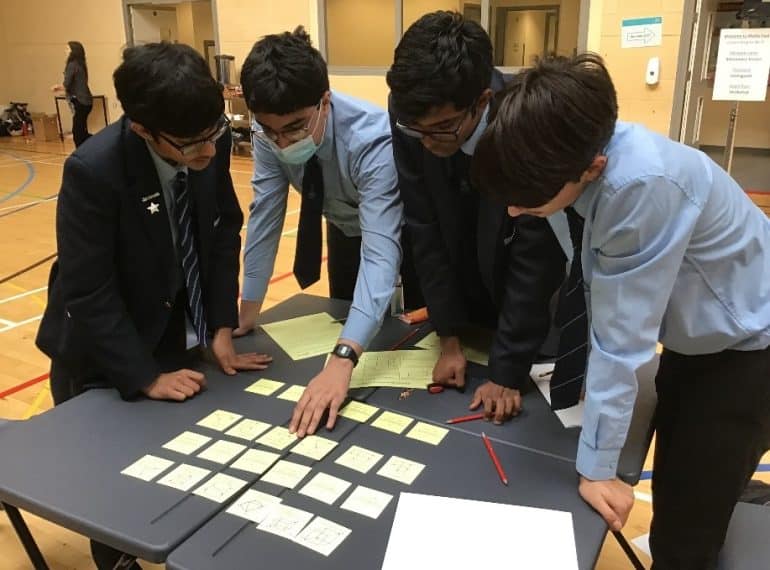
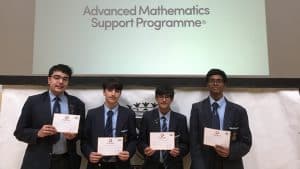 After being selected to represent the School in the event, the four emerged with a perfect score of 121 out of 121.
After being selected to represent the School in the event, the four emerged with a perfect score of 121 out of 121.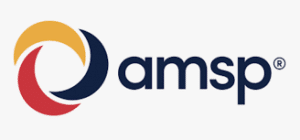 Hadi Al-Esia, Kovid Gothi, Saim Khan and Shreyaas Sandeep travelled to St Dominic’s Sixth Form College in Harrow on the Hill for the competition run by Advanced Mathematics Support Programme – a Government-funded national initiative.
Hadi Al-Esia, Kovid Gothi, Saim Khan and Shreyaas Sandeep travelled to St Dominic’s Sixth Form College in Harrow on the Hill for the competition run by Advanced Mathematics Support Programme – a Government-funded national initiative.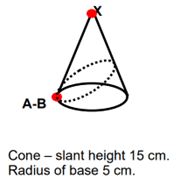 Card Sort: Competitors had to reimagine every 3D shape (such as cubes) to try to unravel the shortest way to pass through or over them. “This was by far the most challenging round for the team to tackle as it involved a new dimension of geometry for them – a combination of Pythagoras and 3D visualisation,” Mr Shah added. “They finished the round with less than 20 seconds to spare.” The team’s favourite problem came from this round (see picture right): competitors were asked to calculate the distance from A to B if the net [what a 3D shape looks like if opened out flat] were open for the cone.Saim said: I particularly enjoyed the card sort round – trying to reimagine and visualise the shapes in a new way was challenging but immensely rewarding too!”
Card Sort: Competitors had to reimagine every 3D shape (such as cubes) to try to unravel the shortest way to pass through or over them. “This was by far the most challenging round for the team to tackle as it involved a new dimension of geometry for them – a combination of Pythagoras and 3D visualisation,” Mr Shah added. “They finished the round with less than 20 seconds to spare.” The team’s favourite problem came from this round (see picture right): competitors were asked to calculate the distance from A to B if the net [what a 3D shape looks like if opened out flat] were open for the cone.Saim said: I particularly enjoyed the card sort round – trying to reimagine and visualise the shapes in a new way was challenging but immensely rewarding too!”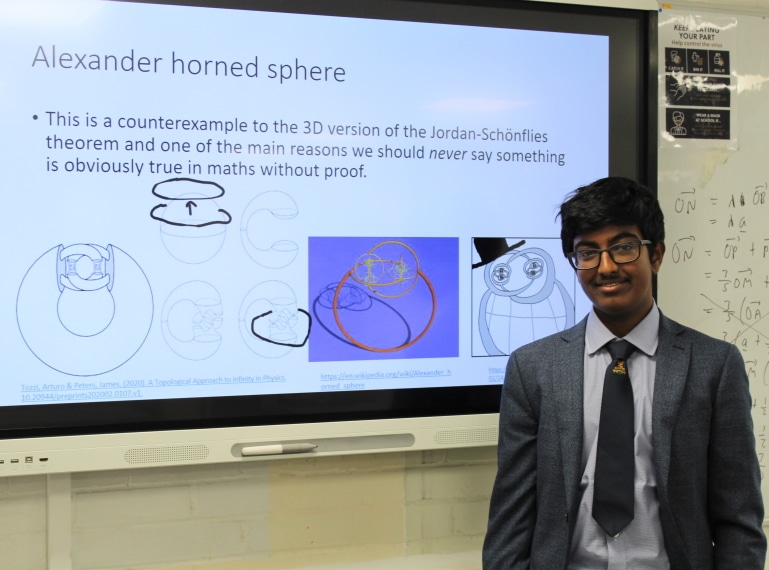
 Shankar was among 45 Year 12 mathematicians from QE to attend the annual series of lectures at The Royal Institution in London.
Shankar was among 45 Year 12 mathematicians from QE to attend the annual series of lectures at The Royal Institution in London. Puzzle expert and author Rob Eastaway looked at ‘fairness’ and ‘guilt’, telling the audience that chimpanzees have been seen to grasp the concept of fairness, refusing a treat if they felt they were receiving preferential treatment over their fellow chimps.
Puzzle expert and author Rob Eastaway looked at ‘fairness’ and ‘guilt’, telling the audience that chimpanzees have been seen to grasp the concept of fairness, refusing a treat if they felt they were receiving preferential treatment over their fellow chimps. During breaks, the boys visited the event’s Maths Village, where they could enjoy mini-mathematical activities and meet people who use Mathematics every day at university and in commerce.
During breaks, the boys visited the event’s Maths Village, where they could enjoy mini-mathematical activities and meet people who use Mathematics every day at university and in commerce.